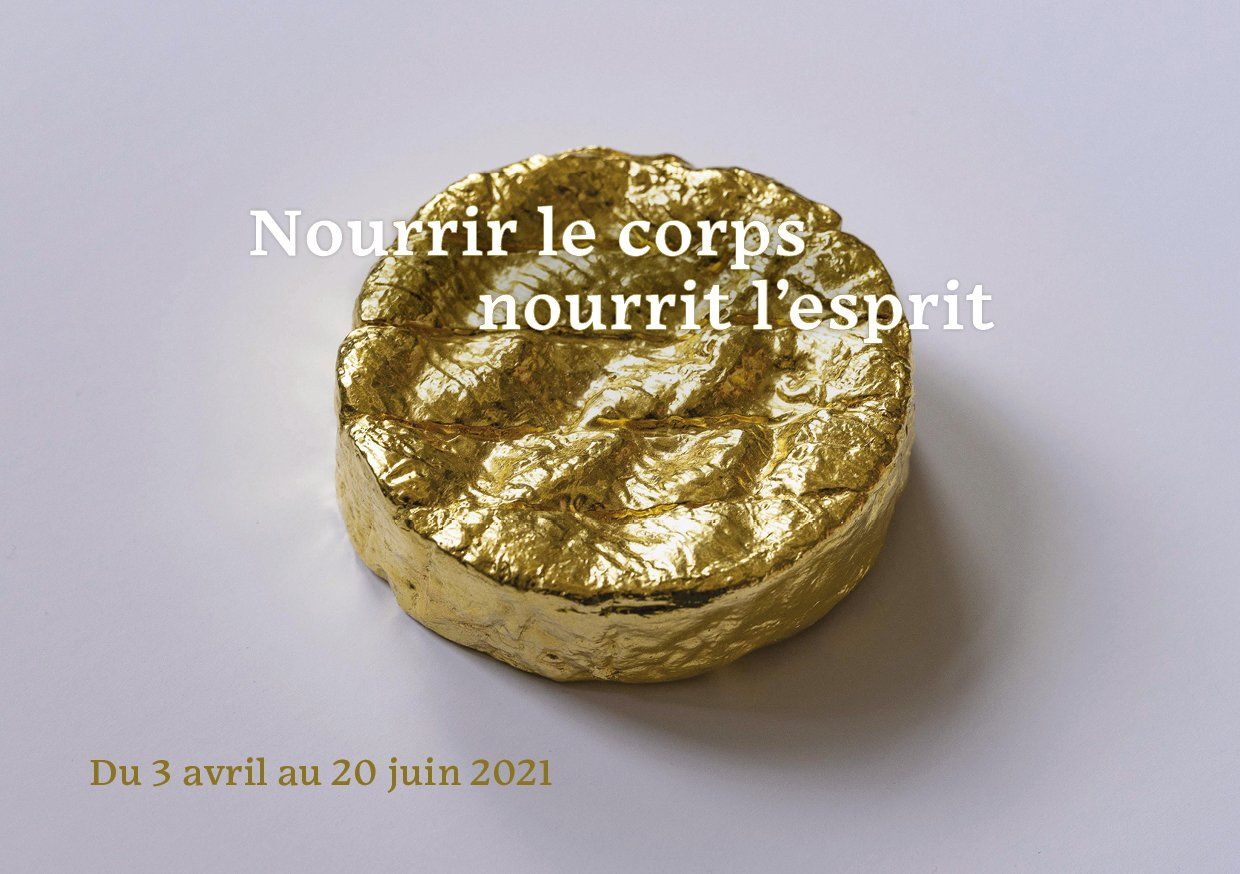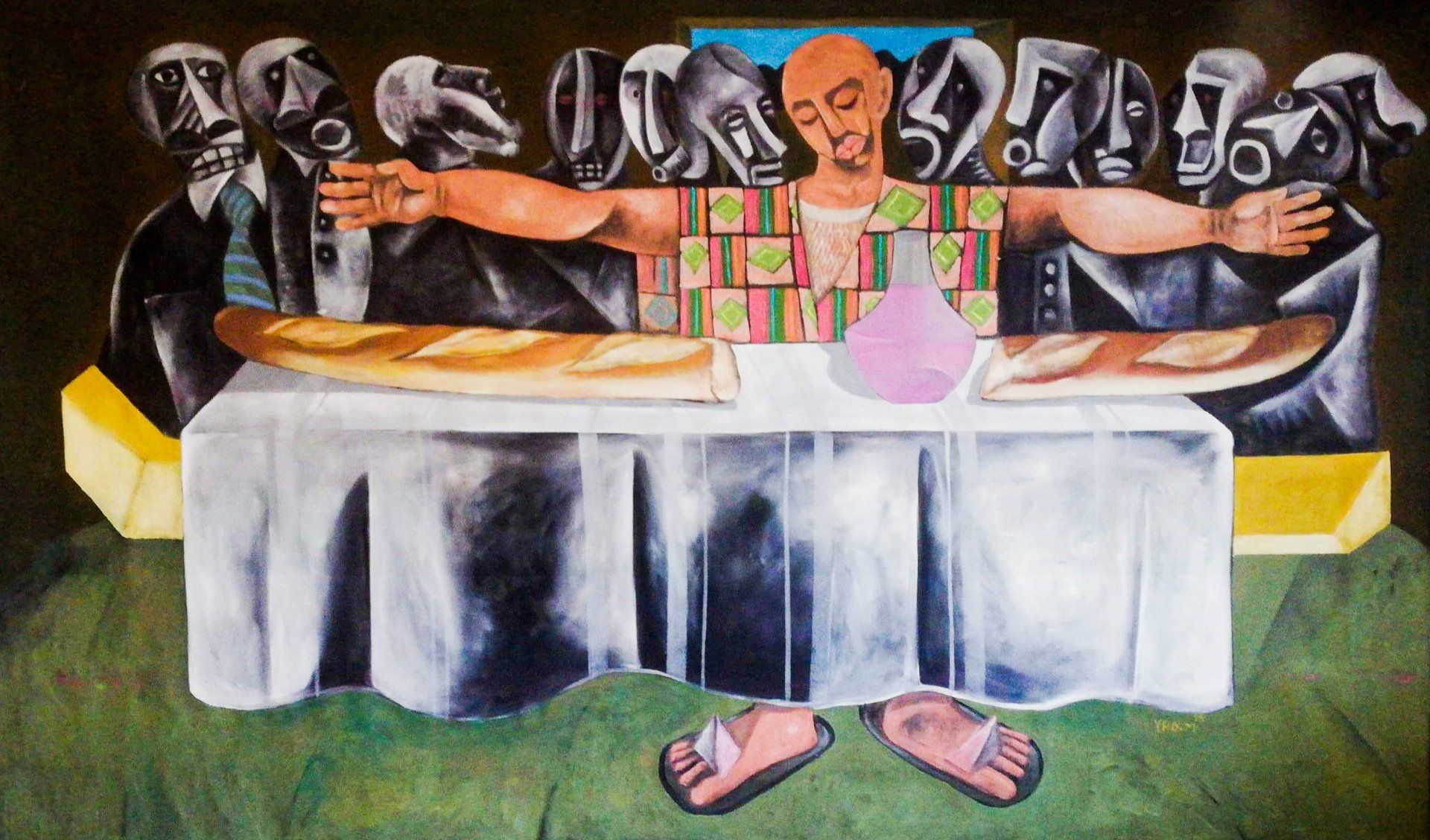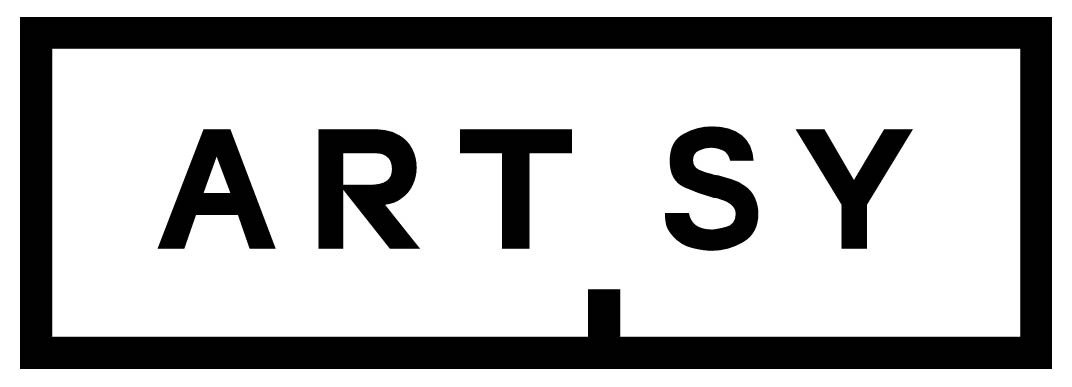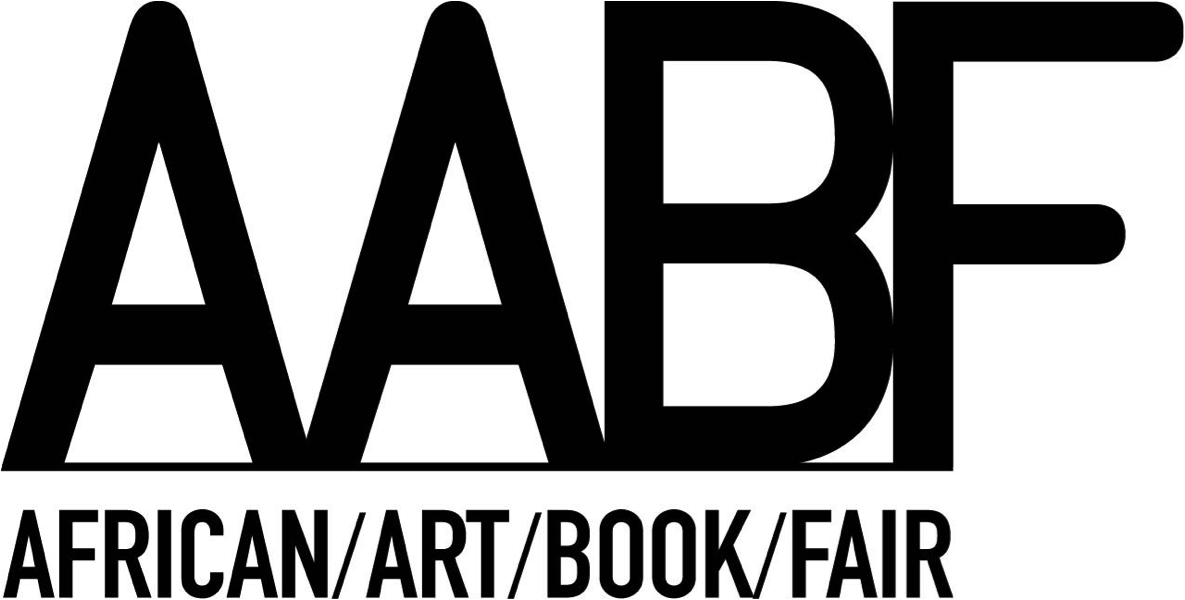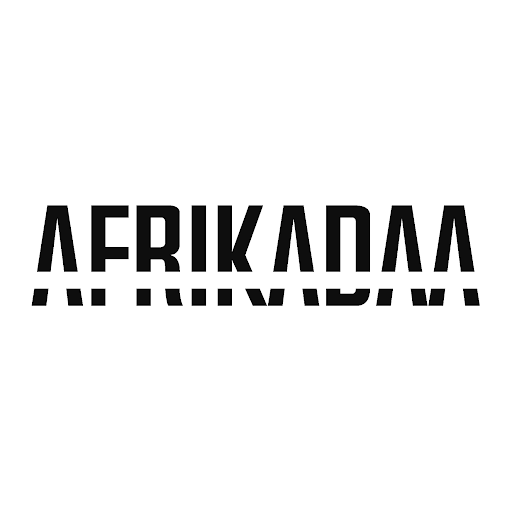One of man's characteristics is to transform the act of eating into a vital but risky moment, a moment of pleasure. First of all, it is about eating to satiety, about quenching one's hunger. Depending on the circumstances, this time is sometimes solitary, but more often it is collective. The group (small or large) finds itself in the emotion of sharing, the need to be together.
A "total social event", writes Marcel Mauss, it brings the group together and helps to distinguish between eaters according to their behaviour (the stroke of the fork, appetite, signs of temperament). This high point in collective life is the product of a chain of cooperation, from the collection of food upstream, the preparation of food according to segmented processes, to its availability to the guests. Paul Gauguin, speaking of this time of sharing, wrote: "Cooking requires a light head, a generous mind and a large heart". A proverb states "The table is the matchmaker of friendship". It leads to a staging of the victuals where the family finds itself appeased. "After a good dinner, you don't hold a grudge against anyone, not even your own family," wrote Oscar Wilde.
The act of feeding oneself is therefore not reduced to the simple fact of eating. Its necessity has gradually built the civilisational home where the tastes and practices that unite the group and open it up to others are developed. "To the person who knocks at the door, we don't ask: who are you? We say, 'Sit down and have dinner'", according to a Siberian proverb, which corresponds to "keeping the poor man's share" in our country.
The body recharges its batteries drained by the effort like the tank of a car refuels after a long journey. Chewing relaxes the body and mind, releasing juices, aromas and other sensory sensations of texture. The body registers these as positive signals, complemented by visual impressions of shapes and colours. All these sensations lead to a complex and renewable pleasure, which satisfies the immediate needs of the body, but also of the mind whose upstream strategy is doubly rewarded. Claude Levy Strauss writes: "It is not enough for food to be good, it must also be good to think about".
These crucial moments around food are at the heart of the civilisation process, of which they are one of the foundations. They ultimately lead to the overcoming of the feast and/or to ostentatious display. Even if the complexity of human nutrition is nowadays targeted by controversies about waste and its effects on the environment, the symbolism of food contributes to the construction of individual and collective identities. In a world that is hungry or satiated, food remains a space of projection on which the imagination embroiders.
Several of these levels are found in the exhibition, not so much on a critical level (mass distribution, industrial production), as in allegorical forms and humorous or ironic creative outbursts, which implicitly build on the impression of abundance. They develop edible universes à la Dame Tartine: paradisiacal or aesthetic, playing on the paradoxical relationship between the refinement of form, textures and colours and the intrinsic fragility of the medium, celebrating the table and the party. Food becomes a creative field that expands into the realm of art.
Giuseppe Arcimboldo portrayed the councillors of his time with fruit and vegetables. Today's artists question food and its rituals to portray our hyper-consuming society, including its aesthetic ambitions.
With works by : Pilar Albarracìn, Aranthell, Damien Berthier, Liu Bolin, Louise Bossut, Nicolas Boulard, Mireille Blanc, Thomas Broomé, Patrice Carré, Jeanne Chopy & Robin Tornambe, Claude Closky, Clément Collet-Billon, Claire Dantzer, Denis Darzacq, Arnaud Dezoteux, Sandra Foltz, Ana González Sola, Elsa Guillaume, Joseph Grigely, Marie Hamel, Hesse Romier, Clémence Joly, Jan Kopp, Enora Lalet, Joachim Lapôtre, Marc Lathuillière, Thomas Lévy-Lasne , Pablo Lobato, Charlie Malgat, Aurélie Mathigot, Chloé Mazlo & Bérengère Henin, Mathieu Mercier, Yao Metsoko, Lucy + Jorge Orta, Rostand Pokam, Pôle-Fromage, Babeth Rambault, Olivier Richon, Gregg Segal Photography, Fabien Souche, Stéphane Soulié, Jeanne Susplugas.
Exhibition organised as part of the festival Les Printemps de Haute-Corrèze, on the theme of Gluttony.

